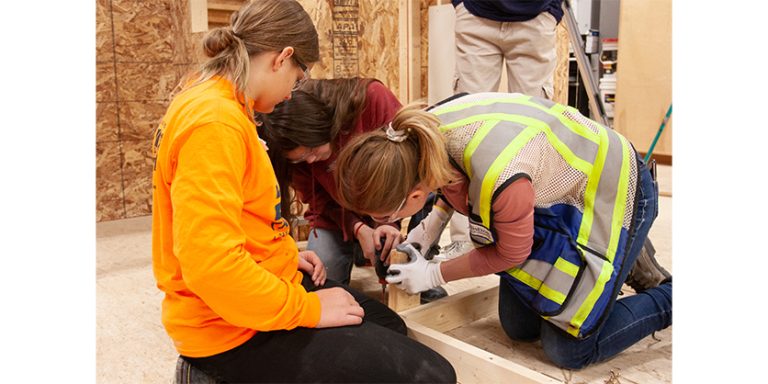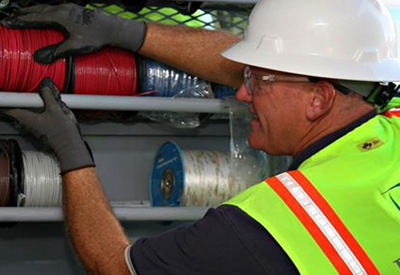Bonded-Pair Cabling Prepares Networks for the Internet of Things

Feb 23, 2017
By Stéphane Bourgeois
When it comes to the IoT — the Internet of Things — we consider every signal transmitted as mission-critical, whether it’s a wireless access point that provides network access to employees and customers, a security camera that ensures 24/7 video surveillance, or an HD display that runs promotional information and important messages for employees or visitors.
Now, with nearly every device moving to “over IP,” each signal counts when data are being transmitted from these “things” (any device that communicates with a network through an integrated digital sensor) to a switch and to a server somewhere in the facility or in the cloud. According to Gartner research, the number of connected devices would grow by 30% in 2016, bringing the number of IoT-connected devices to 6.4 billion units worldwide by the end of the year. Moreover, every PoE (Power over Ethernet) connection counts in the Internet of Things as well, since it feeds power to VoIP phones, wireless access points, cameras and various other smart devices connected to the network.
Downtime: not acceptable for the IoT
This is a monumental shift for our networks. We’ve gone from considering only certain businesses and industries to be “mission-critical” (financial institutions, for example) to viewing every IoT signal transmission as indispensable.
More than ever before, networks can’t fail. Downtime could mean security systems that fail, phones that don’t work, fire alarms that can’t alert building management to a problem, or lighting systems that won’t turn on. Not only do our networks need to reliably transmit constant packets of data, but they also need to ensure that powered links are delivered so devices remain functional. When you think about it, that’s a lot to ask of your network.
Benefits of bonded-pair technology
What can IT professionals do to make sure their networks are ready to support this shift? Implementing bonded-pair technology is one way to ensure that every mission-critical transmission link — as well as every powered link — is delivered all the time, regardless of environmental conditions or abuse.
By bonding individual conductors along their longitudinal axis, extremely uniform spacing is guaranteed within each twisted pair to maintain consistent, reliable electrical performance without interference.
Bonded-pair technology overcomes the resiliency challenges associated with nonbonded-pair cabling. Even when stress is applied to cabling — whether through pulling, coiling, bending, kinking or tugging — electrical properties don’t degrade overtime. Even when bonded-pair cabling is reused during moves, adds and changes (MACs) or constantly coiled and uncoiled, it maintains the same level of performance. When bonded-pair cabling transmits data from any IoT device, you won’t have to worry about degradation over time or with reuse.
The demands of the Internet of Things translate to bigger demands on your network, including improved physical integrity of the cabling channel. When data can move reliably from IoT devices anywhere in the enterprise premises, all kinds of critical information is transmitted, ensuring proper business communications, improved building operations, and enhanced occupant well-being. Throughout your cabling infrastructure, from horizontal cable to termination points and patch cords, bonded-pair technology ensures reliable signal integrity for your mission-critical needs.
|
Belden can prepare your network for the unrelenting move to the Internet of Things. Belden’s 10GXS bonded-pair cabling not only maintains physical integrity during installation and throughout its lifecycle, but is also 25% smaller and lighter, making installation faster and easier.
Learn more here about creating a future-proof network that supports reliable data and powered links: http://info.belden.com/lan.
Stéphane Bourgeois is Director, Technology and Applications, Enterprise Networking for Belden. Stéphane has worked in the telecommunications industry for nearly 30 years, holding design engineer, sales, marketing and product manager positions at Nortel, ITF Optical Technologies and VoiceAge Corporation before joining Belden in 2007 as Director, Product Line Management, Enterprise Networking. Since the, he has contributed to several product innovations, including the 10GX Pre-Terminated Cabling System and the FiberExpress UHD System. Since April 2014, Stephane as Director, Technology Strategy has been focusing on technology roadmap and ideation, networking applications and trends and standards engagement.
















